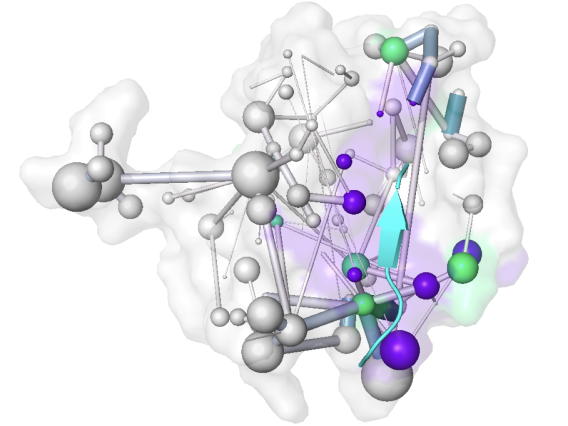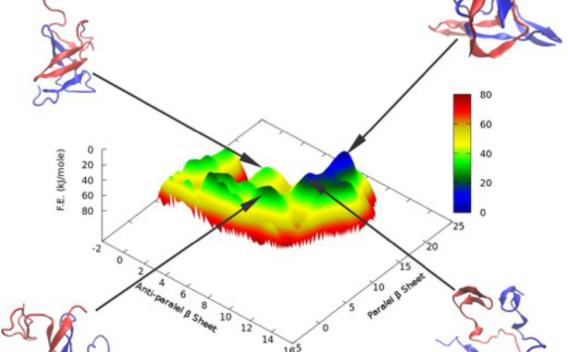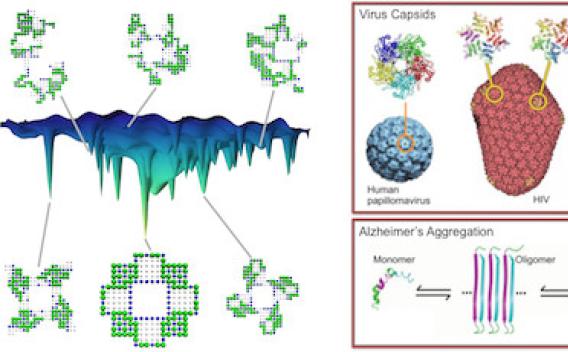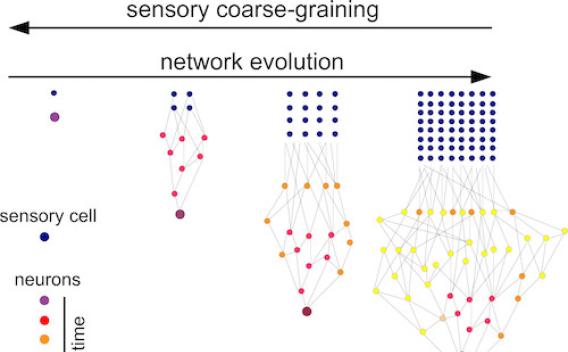
The Lin lab develops methods of statistical physics, molecular simulations, and machine learning to extract design principles from complex systems. We are particularly interested in principles that provide physical limits on biological computation. For example, we study how proteins transfer information and self-assemble, and how their performance limits are constrained by energy use. Often, the underlying mechanisms involve quantities that are uniquely resolvable by theoretical and computational methods: correlated dynamics, conformations of intrinsically disordered proteins, and energy dissipation of specific molecular transformations. With our collaborators, we test the predicted consequences using biochemical and biophysical methods.


